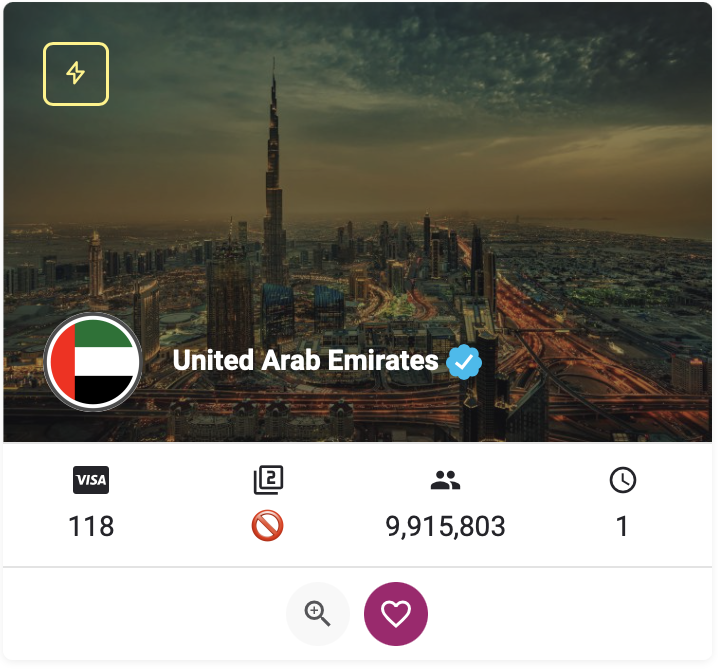The ancient Roman Empire was one of the largest and longest empires in ancient history. The empire was also one of the most influential; Philosophy, technology, architecture, art and Roman literature played an important role in shaping the modern world.
Quoted by World Eutlas; At the height of its power, the Roman Empire was the largest civilization in the West, and due to innovations and inventions, it was able to achieve extraordinary growth. In the following, according to the report, some patents have been presented not only for the development of this empire, but are also used today – in some way.
Architectural arches were probably invented in Etruski civilization. Etruski’s civilization was an ancient Italian culture that eventually became part of the Roman Empire. However, it was the Romans who improved the use of these architectural structures and completed them as we know today.
From the point of view of historians and architects, arches founded the foundation of modern architecture. The arches were one of the prominent features of ancient Roman architecture. Using the arches, the Romans were able to build large buildings without the need for a column, thus making their empire expansion faster and more efficient; In addition, the arches are valuable because of their adaptation; Because they can be used in various structures, including in dome arches, aqueducts, temples and arches of victory.
Julius Caesar, in the first century BC, ordered the establishment of ACTA DIURNA. Octa Diorna was a state -owned newsletter that was published and installed daily for public reading. Octa Diorna informed citizens of official news, trade, marriages, trials, politics and military affairs.
Although the Octa Diorna newsletter had only one page, it was an important source of information for citizens who had no other way to stay up to date. Since then, newspapers, both government or private, have remained the main source of news to the public.
One of the first postal systems in history belonged to the Roman Empire, called Cursus Publicus. The Emperor Augustus founded the system in the year 5 BC and aimed to facilitate the submission of official government correspondence, including taxes and intelligence reports.
The map of Tabyla Pittingian shows more than 5 Roman cities serving as postal delivery locations
Initially, post -employees were transferring letters from person to person; But the process evolved and allowed the unit to send a message from beginning to end. This change allows the recipients to ask the messenger about more information about the letter.
Roman postal services have been active for about 5 years and were affiliated with delivery staff working with horses and cows. There is only one map left that shows the size of this system. The map of Tabula Peutingeriana, kept at the Austrian National Library, shows more than 5 Roman cities serving as delivery places.
Today, national post services, such as the US Post Office and the British Royal Mail, are common in most countries around the world.
The Julian Calendar was a calendar system created by Julius Caesar and was consolidated as the Roman calendar. Prior to Caesar’s innovation, the Roman calendar relied on the moon’s cycle and needed settings that were carried out every few years by a group of Pontifices (Roman priests). This created significant inconsistencies and inefficiency throughout Rome; So that people were unsure of history or different provinces were based on different timing.
The Julin calendar was used in most parts of Christian Europe and parts of the United States until about the 16th century
Introducing the Julin calendar standardized history throughout the Roman Empire and considered the leap year to eliminate seasonal inconsistencies.
The Julian calendar was widely used in most parts of Christian Europe and parts of the United States until the sixteenth century, where the world gradually changed to the Gregorian calendar. Gregory’s calendar, which is the most commonly used system today, retained many elements of the Julin calendar; But minor changes were made to shorten the year and increase accuracy.
Urban Planning
The roads were not of course the Roman invention; However, the Romans connected the remote corners of the empire to an unprecedented network of roads, networking and urban centers. The Romans’ desire for urban planning and infrastructure guaranteed the flow of forces, goods and information.
The Roman road system consisted of a set of main roads (a bit like highways) that connected remote cities and completed the side roads that connected cities and villages. The roads were designed to make the capital’s connection easier to the rest of the empire; Therefore, the phrase “all roads ends in Rome” came up. Today, many European highways and urban networking are based on Roman innovations or as a direct continuation.
Early civilizations used channels and simple paths to meet their water needs; But the first real Aqueduct was made by the Romans around the year 5 BC. The water is a large structure designed to transfer significant amounts of water from city to city, especially in areas with large valleys and distances. Roman water supplies the water needed for many Roman cities and was used for irrigation, drinking, and most importantly hygiene. The Romans were known for their public baths, many of which were supplied with these water.
The Roman watercourse remained unchanged for almost hundreds of years. While modern watercourse has improved significantly, they still rely on the fundamental principles that were used thousands of years ago. In fact, some of the ancient Roman waterfalls, such as Aqua Virgo in Rome, are still used today.
As you probably know, Roman numbers stem from the Roman Empire. The symbols used on watches and in titles were part of a counting system that was widely accepted throughout their wide territory. The motivation for creating this system was to create a standard mathematical system that could be easily educated and used. This new system provided the Romans’ flexibility for efficient trade and communication.
Unfortunately for the Romans, their numerical system was not stable. The system was too incomplete to use in the modern world; For example, they had no symbols for zero and could not express the fractions; For this reason, many Christian Europe turned to Arabic numbers that are still prevalent in most Western languages today.
The Roman inventions are a testament to the spirit of innovation and development that helped them. Today, the remnants of the Roman Empire can still be seen in their daily lives.
If you know an ancient invention that is still used, share it with us and other companions.
Photo Source: Britannica.com, Photographer: Unknown
Frequently asked questions
Which ancient Roman inventions are still used?
Ancient Roman inventions that are still used include arches, newspapers, postal services, water, Roman numbers and more.
When is the Roman watercolor dating?
The first Romans were built by the Romans around the year 5 BC, and some of the ancient Roman watercourse, such as Aqua Virgo in Rome, are still used.
RCO NEWS














